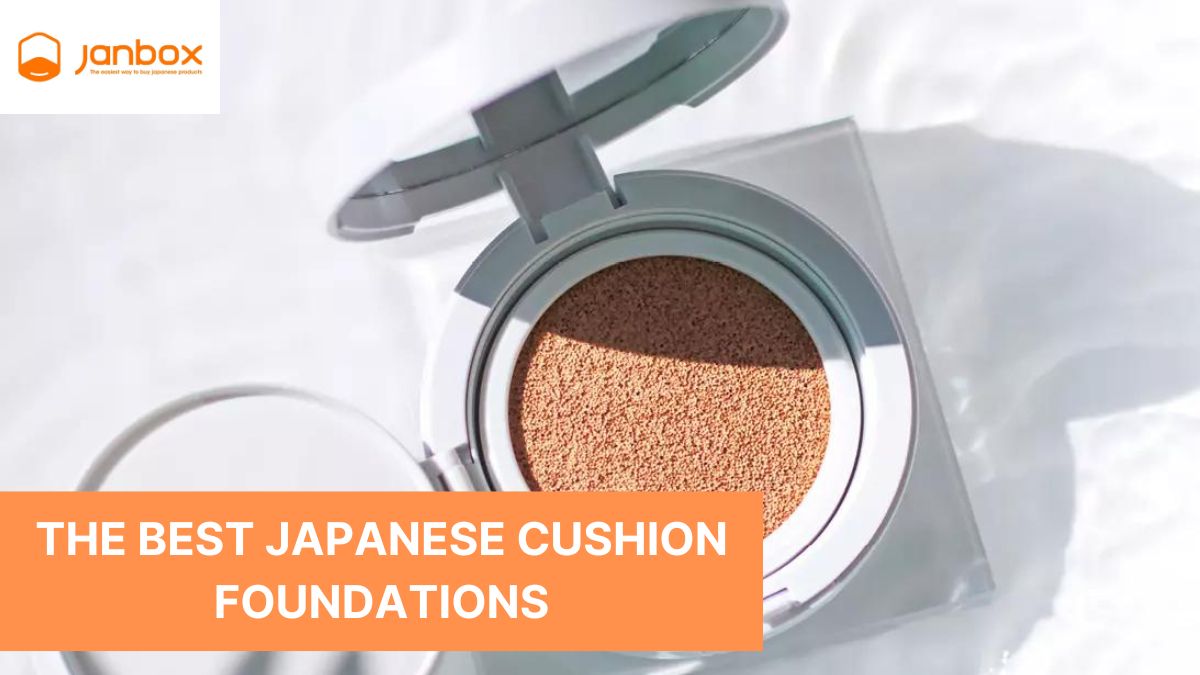Imagine you get an idea of using electrical appliances in Japan to finish a new home or acquire more products for your family. Some of the distinctions between Japanese and domestic electrical equipment may surprise you. The following article will offer you some helpful information to assist you in making the best decisions and preparing for the installation of Japanese electrical appliances.
I. The global voltage distribution and the Japanese power grid
If you look across the world, you’ll see that different countries have different voltage standards. AC use standards are distributed differently in different nations throughout the world. Most nations, including Europe, Africa, and many Asian countries, employ a voltage range of 220-240V. The next voltage range is 100-127V, which is common in North America, several South American nations, Japan, and Taiwan.
Another issue is the alternating current frequency or AC for short; the unit of measurement is Hz. The majority of nations utilize 50Hz alternating current, with a few remaining countries using 60Hz. The electricity networks in the United States are 120V and 60Hz. The split grid in Japan is a unique situation.
Japan is separated into two areas, each with its own grid system. Electricity in Western Japan is 100V-127V, 60Hz, whereas electricity in East Japan is 100V-127V, 50Hz.
A country with uniform voltage standards but varied frequency standards. Even in Japan, this makes it impossible to operate electrical items. Appliances that use electricity at a frequency of 50Hz will not operate in Japan’s west, while appliances that use electricity at a frequency of 60Hz will not work in Japan’s east.
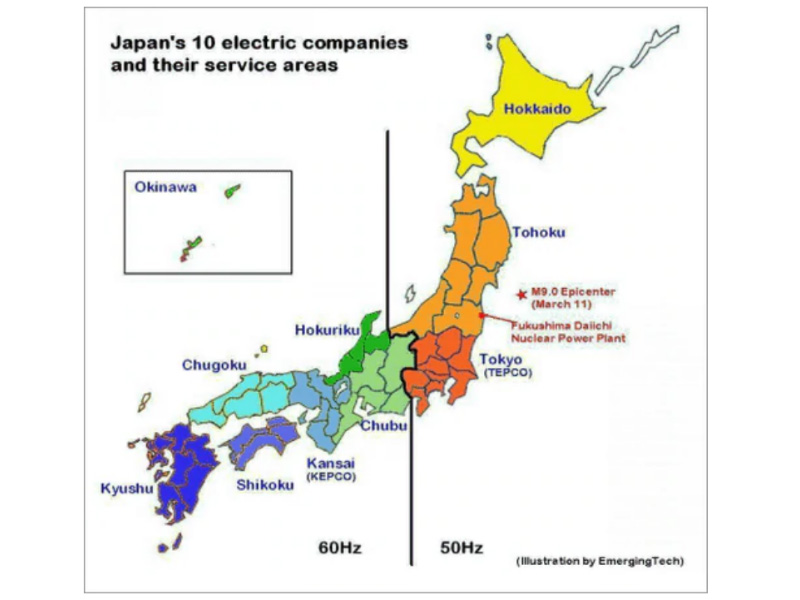
This issue has a historical origin. The power grid in Japan dates back to the nineteenth century. Power projects in Japan were tiny and highly localized at the time. Japanese development firms in the West, particularly in Tokyo, import 50Hz generators from Europe. In the East, cities like Osaka purchased 60Hz generators from the United States.
No one considered compatibility at the time since no one considered connecting to the national power infrastructure. However, as time passed, the networks expanded out more and further, until energy was available across Japan. The Fujikawa River in Shizuoka Prefecture became the dividing line between the two frequencies all of a sudden. All currents east of the river run at 50 Hz, whereas all currents west run at 60 Hz.
Both of these systems have important implications. So, why doesn’t Japan adopt a single system? The change is complex since it impacts the whole electrical infrastructure system as well as the commodities production and consumption system. This would entail a significant amount of overhead and a highly sophisticated conversion implementation.
Japan is compelled to employ two solutions at the same time: First, create devices that can simultaneously use two types of 50Hz and 60Hz frequencies. Second, increase frequency conversion capability to promote power-sharing between power networks. Japan has three frequency conversion stations in 2011, all of which were close to the border between the two power grid systems. These stations can convert 50Hz to 60Hz and the other way around, but their overall capacity is only approximately 1 million kilowatts, which is insufficient to satisfy the needs.
II. Some useful tips when using electrical appliances in Japan ng các thiết bị điện ở Nhật Bản
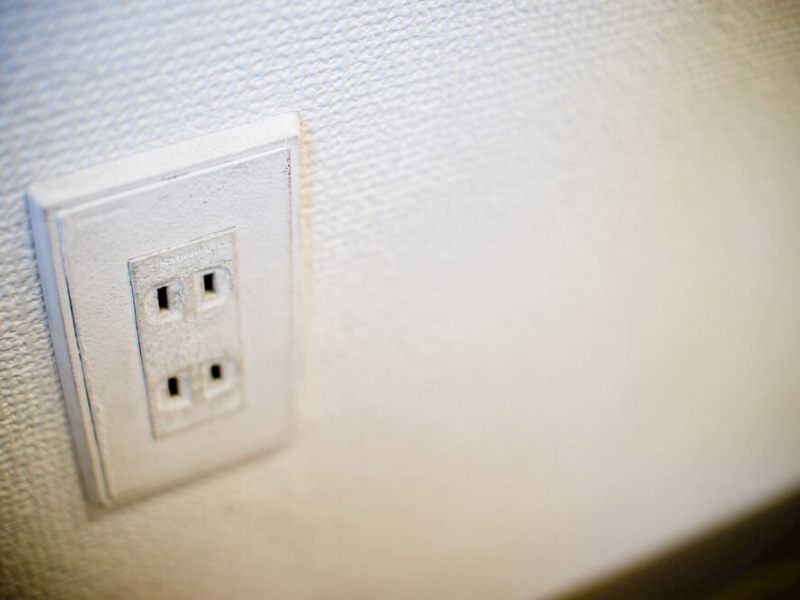
Tip 1: If you’re traveling from a nation like Japan that uses the 230/240V standard, bring an electrical converter. This is especially true for equipment with a heating element, such as hairdryers and curling irons. Variable voltage is found in many personal electronic devices, such as phone chargers and laptop power supplies, and it is easy to examine because the information is written on the charging block itself. You won’t need a converter for these sorts of chargers.
Tip 2: North American electronics function in Japan without a converter. Because the voltage difference between Japan’s 100V and North America’s 110/120V is so small, you’ll have no trouble utilizing your devices in Japan. However, you may have difficulty connecting it to a Japanese outlet, which leads us to our next point.
Mẹo 3 : Mang theo bộ chuyển đổi phích cắm đa năng hai ngạnh bên mình. Hai ngạnh có kích thước bằng nhau được chấp nhận bởi ổ cắm thông thường của Nhật Bản. Bởi vì một ngạnh lớn hơn một chút so với ngạnh khác, một số phích cắm ở Bắc Mỹ sẽ không phù hợp với các cửa hàng của Nhật Bản. Mặc dù rất có thể bạn sẽ tìm thấy bộ chuyển đổi sau khi ở Nhật Bản, nhưng không có gì thú vị khi nghĩ đến việc tìm một bộ chuyển đổi trong khi pin điện thoại của bạn sắp hết.
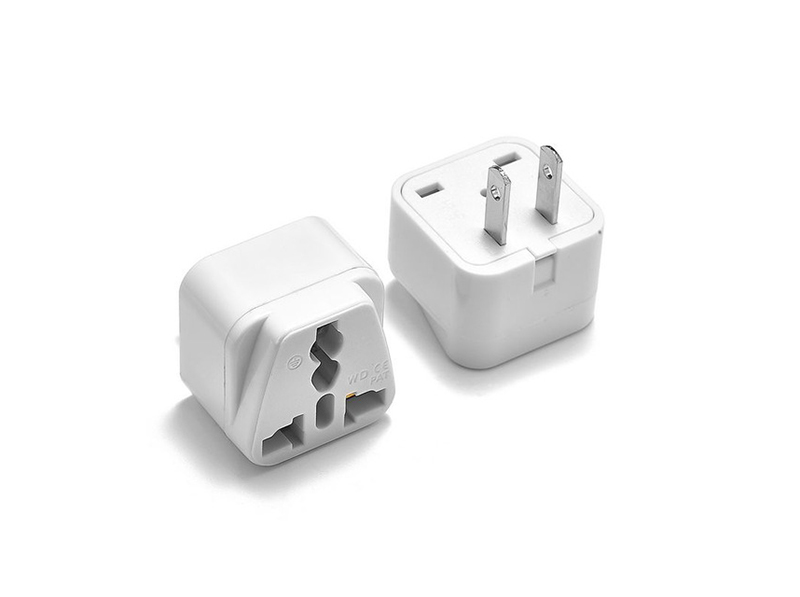
Tip 4: Try 100 yen shops and electrical chain stores if you require an adaptor. If you fail to bring an adaptor, there are several 100 yen bargain shops in big (and occasionally small) cities where you might be able to get one. Adapters are likely to be found in stores that sell electronics, such as Don Quijote, Yodobashi Camera, or Bic Camera.
Tip 5: Try using a multi-plug adapter in between a North American 3 prong adaptor and a typical Japanese 2 prong outlet. Sometimes all you need is to quickly plug in your three-prong adaptor (for a laptop, for example). Some multi-plug adapters are built such that the two main plugs can be plugged in while the third ground plug is left out. In a pinch, this will suffice as a temporary remedy.
Tip 6: Japanese gadgets are perfectly functional in North America. Electronics purchased in Japan should function without a hitch in North America because the voltage difference is minor and the plugs fit in North American outlets. However, continue reading until Tip 9, since you may discover you have additional issues unrelated to power.
Mẹo 7 : Có những cửa hàng bán các mẫu thiết bị điện tử xuất khẩu cho thị trường 230 / 240V. Bạn đang chấp nhận rủi ro có tính toán nếu bạn mua một thiết bị điện Nhật Bản tại một cửa hàng thông thường để sử dụng ở một quốc gia có nguồn điện 230 / 240V. Nếu bạn muốn tránh nguy hiểm, có những cửa hàng bán các thiết bị miễn thuế sẵn sàng xuất khẩu (không có thuế). Các doanh nghiệp này có thể được tìm thấy ở các quận bán lẻ lớn của Tokyo, chẳng hạn như Akihabara và Shinjuku.
Tip 8: A converter may be purchased to operate a Japanese electrical device in a 230/240V location, however, the converter is already rather costly. Although a step-down converter may be used to convert your 100V electronic to 230/240V for use in your home country, it is far easier, cheaper, and probably safer to just find a shop selling export-ready electronics in Japan, as indicated above.
Tip 9: Just because electronic equipment works in your native nation does not imply it is without limits. The menus on certain electronic gadgets, such as digital cameras and camcorders, may not be in your native language. Region-locked DVD players are possible. Your home cellular network may not support mobile phones. When buying devices for your house, keep these other potential limitations in mind. If you’re doing business with a store that sells export electronics, they should be able to answer all of your inquiries ahead of time to save you time and money.
Conclusion
Using electrical appliances in Japan with high quality combines great benefits with long-lasting design and numerous current technological features to assist customers to save money and time in their daily lives. To be able to operate Japanese electrical appliances fluently, you must first understand the geographical place where you live in order to select appropriate electrical equipment for the local electrical system.
- Website: https://janbox.com
- Email: [email protected]
- Facebook: https://www.facebook.com/janbox.com.en

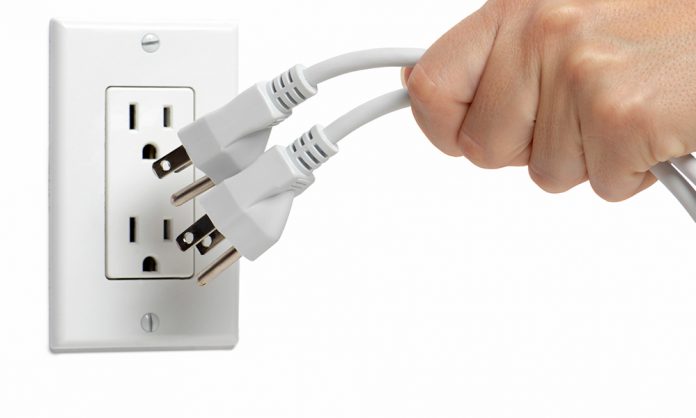
![Mechanical Keyboards from Japan – How to buy [2024] mechanical-keyboards-from-japan](https://janbox.com/blog/wp-content/uploads/2024/03/mechanical-keyboards-from-japan.jpg)


